
8 Signs Your Dog is Stressed and How to Relieve It
Provide plenty of love, care, and support.
When you bring a dog into your home, your job will be to provide plenty of love, care, and support. You’ll want your pooch to lead a happy and fulfilled life. However, certain things are out of your control. If you’ve noticed a change in how your dog behaves recently, or they’ve become unusually clingy, distant, or tense, this could be a sign that they’re stressed and need help.
To help establish whether your four-legged friend is stressed, here are several signs to look out for, as well as what steps you can take to relieve their distress and suffering.
Growling
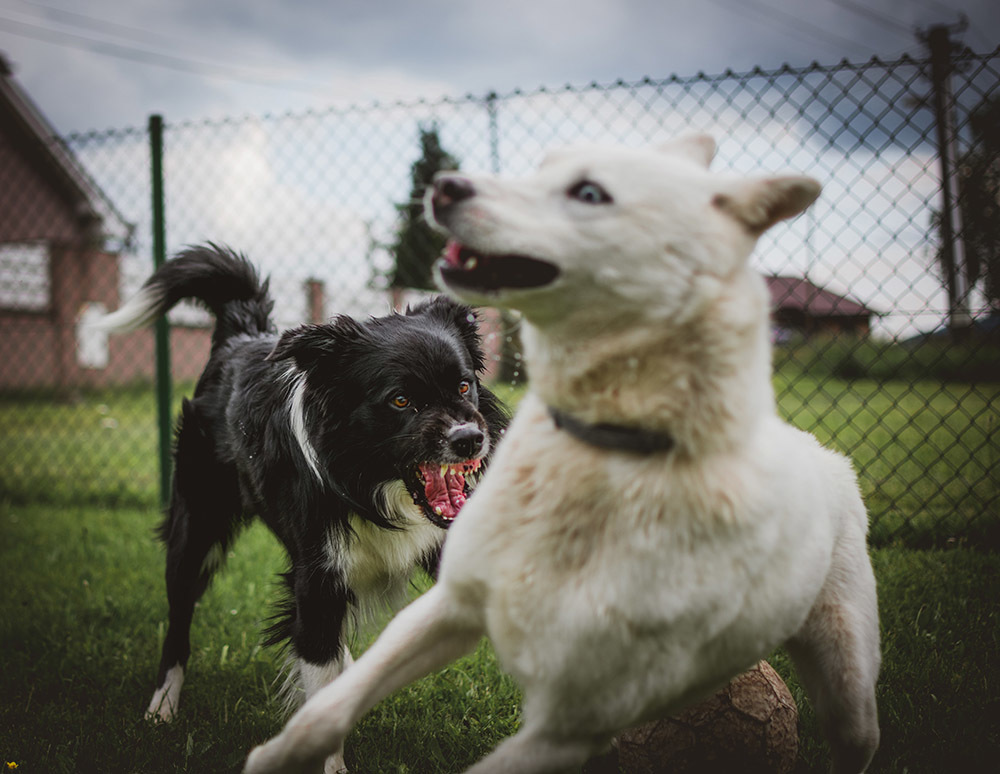
If your dog is growling, this is an obvious sign that something is up. There are numerous reasons why your dog may be growling. These include if they feel threatened, someone is too close to them, or they’re in pain. When your dog growls, they’re not doing it to be aggressive. Instead, they’re showing that they feel uncomfortable. Rather than discouraging your pooch from growling, you should respect their personal space. If you tell them off for growling, they may skip future warnings and bite instead.
Barking or Whining
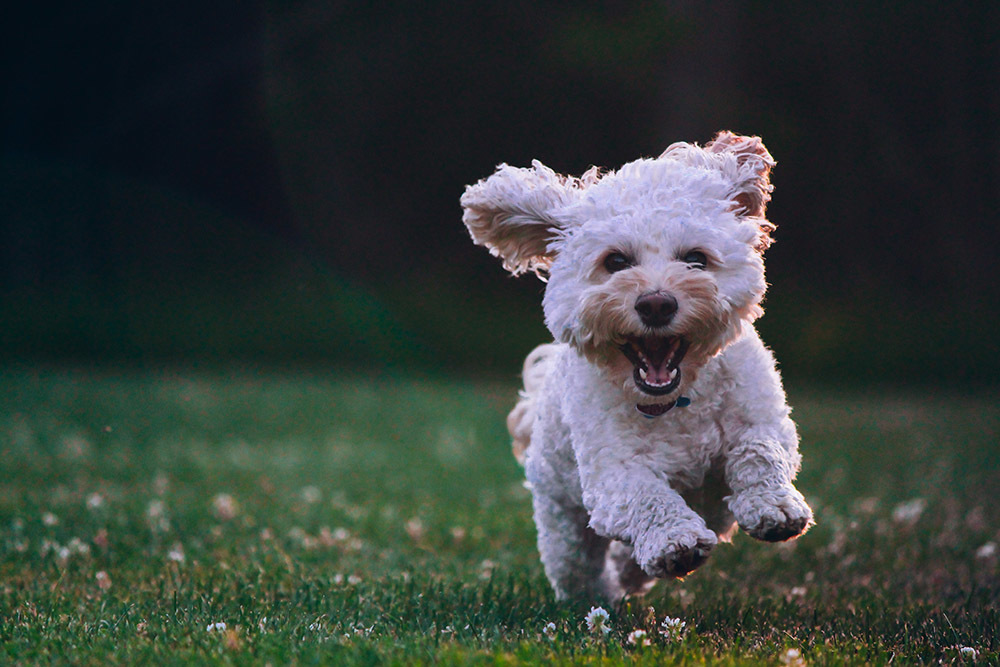
Dogs that are stressed and agitated have difficulty controlling their whining. It’s seen as an automatic response, rather than something they’re doing intentionally. If your pooch is whining or barking, this should indicate to you that something is causing their anxiety. It can be hard to see your dog in distress, so make sure you listen to them and provide tons of cuddles and support as that may be all they need to relieve anxiety.
Body Language
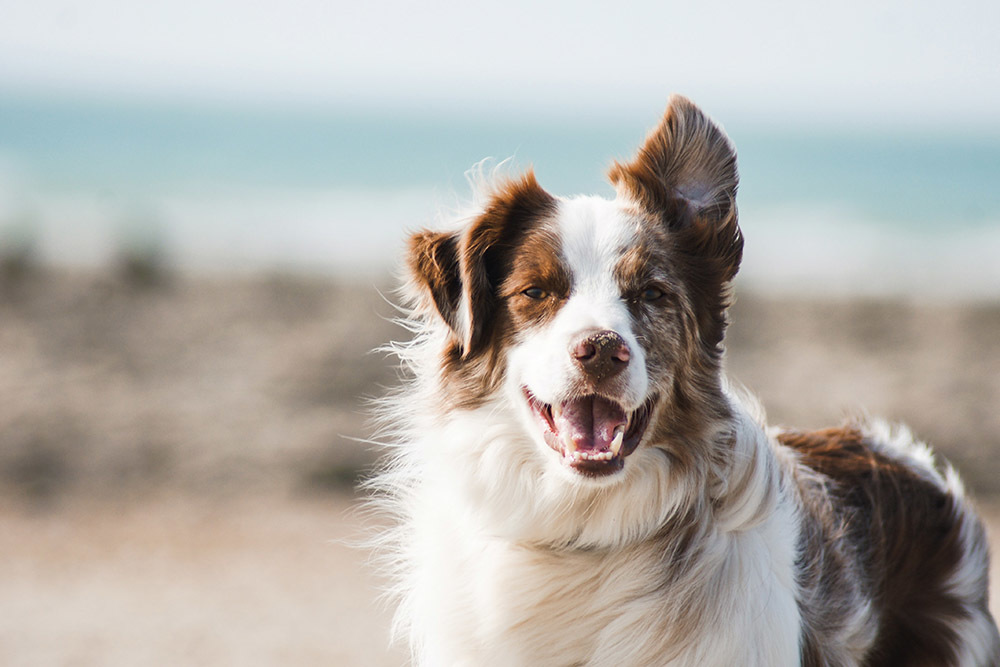
If you’re not sure whether your dog is stressed or not, it pays to take a closer look at their body language. Signs of stress to look out for include tucked ears, whale eye (when a dog reveals the whites of their eyes), lip-licking, and raised hackles. You may find your pooch is avoiding eye contact and looking away too. While you should pay attention to body language, know that some dogs present the symptoms above when they’re excited or overstimulated too, so they’re not necessarily under stress.
Rapid Breathing
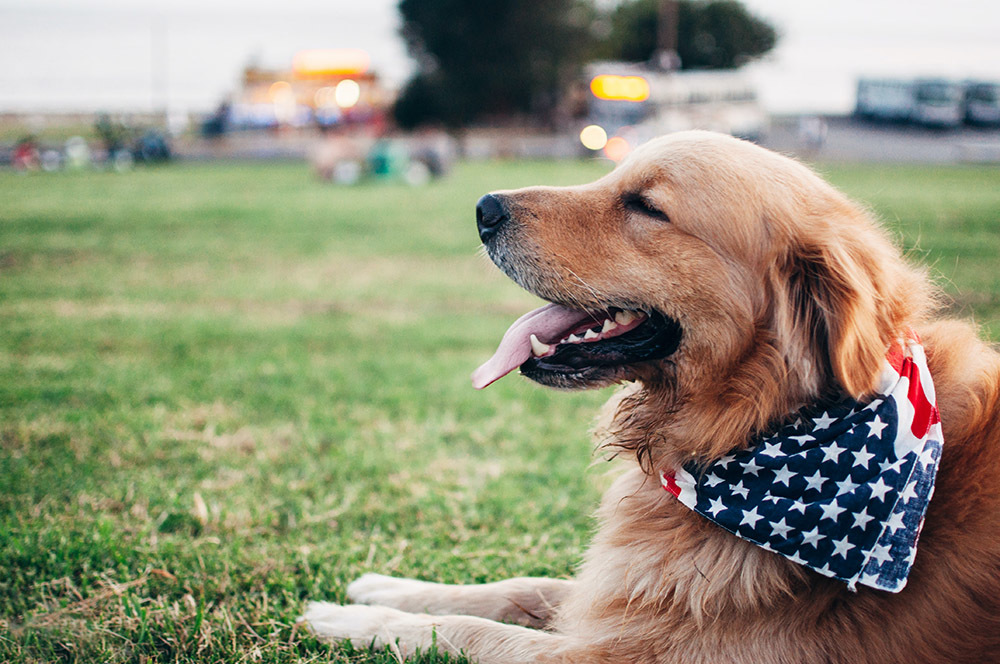
However long you’ve had your canine companion for, you should know something is up with them if their breathing patterns change. Rapid breathing is a sign of hyperventilation which could indicate your pooch is stressed. You can check this resource from Native Pet which explains what dog hyperventilating is and the signs to look out for. Native Pet sells a range of products like calming chews which could help relieve stress and anxiety in your pooch.
Increased Sleeping

As a dog owner, you’ll know full well how much your pooch loves to sleep. However, if your dog is spending more and more time curled up, this is a cause for concern that shouldn’t be ignored. Some dogs who are stressed may appear overly lethargic, meaning they may not be excited to go on walks or eat their food. Lethargy can also be a symptom of conditions like liver problems, diabetes, and severe dehydration. Therefore, if your dog is spending more time in its bed than before, it’s time to speak to your vet for advice.
Dogs Pee on their Bed
Pet parents should not blame their furbabies for peeing on the bed. There is a possibility that your dog is suffering from an emotional breakdown such as anxiety, stress, grief, and even depression. These emotional issues can be caused by an uncomfortable environment, a change in daily routine, an unfamiliar new family member, and so on. In some instances, they can also be depressed due to the side effects of medicine or surgery when undergoing urinary incontinence. In the case of dogs peeing in sleep, you should take extra care of their emotions.
Isolation

If your dog used to love being around people and you find they’re spending more time alone, this could be another sign they’re stressed. While it’s normal for your pooch to enjoy some alone time ever so often, if they’re constantly isolating themselves away from other humans or pets, they could be ill or suffering from anxiety. To reassure you, it’s recommended to see your vet. They are trained experts who can examine your dog and find the root cause of this unusual behavior.
Pacing
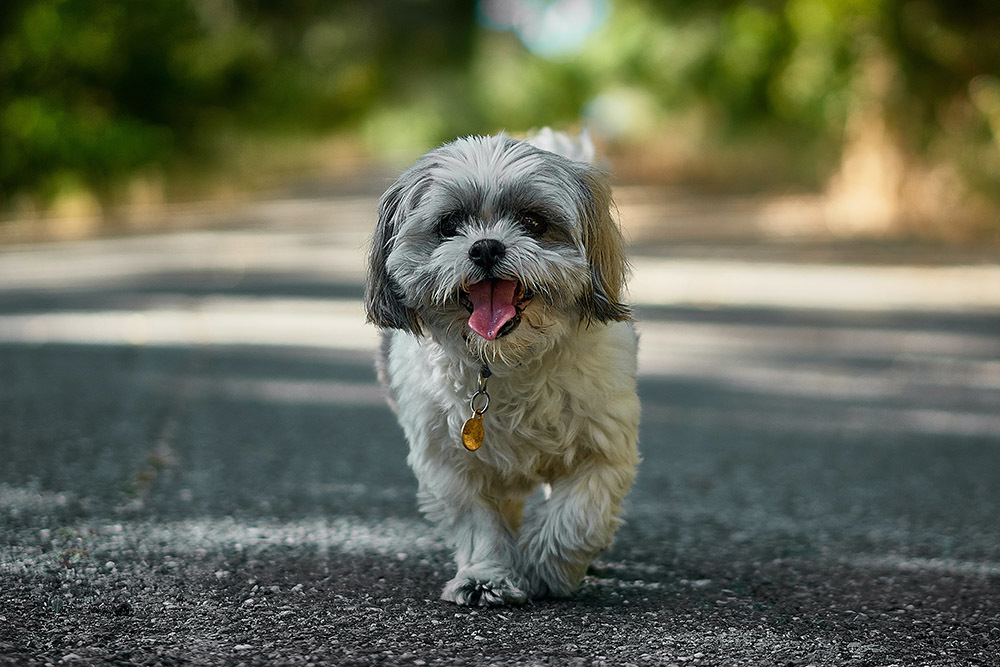
If your canine is pacing back and forth, this is a signal that they’re struggling to settle down. This could be because something is causing them stress. If your dog is pacing during mealtimes, it may not seem like a big deal. However, if they’re pacing at all times of the day or night, it’s time to see your vet. If you have an older dog, pacing could be a symptom of dementia.
Freezing
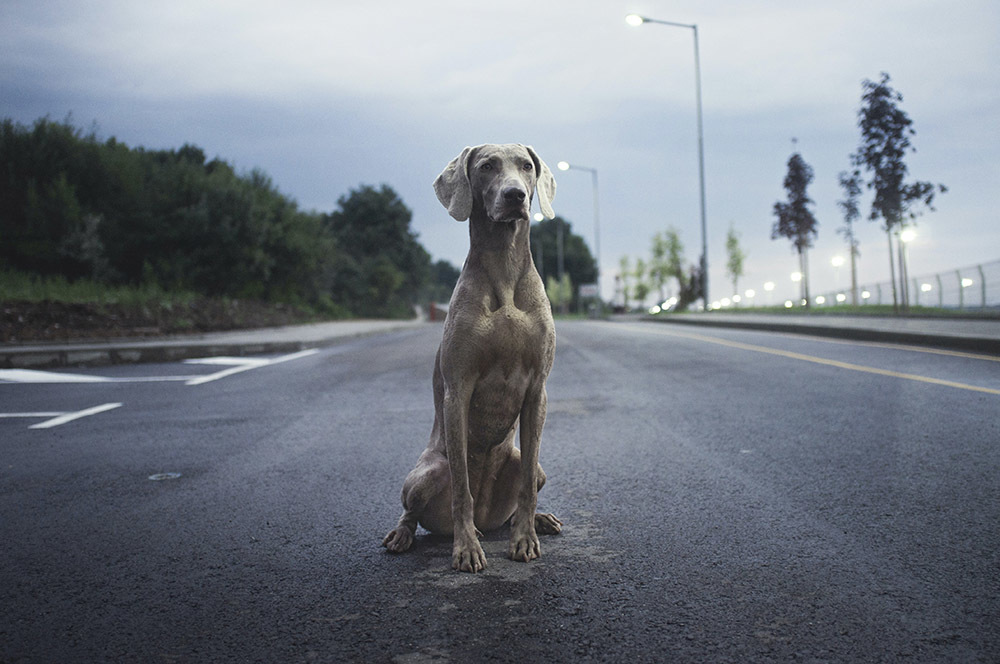
A dog who gets stiff or freezes may be stressed about something they can see. If your dog freezes, this is a sign that they cannot handle the situation. Whether your pooch freezes when they see another dog, or around humans, it’s always best to check in with your vet for advice.
If you notice any of the signs above with your dog, it’s time to take action. You won’t want to see your best friend in distress, so recognizing there is a problem and taking your pooch to the vet should be your first step. Never ignore any signs of stress, as your dog will suffer in the long run.











